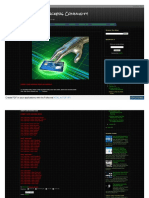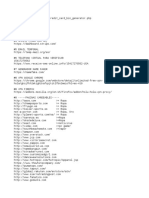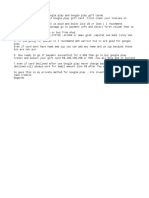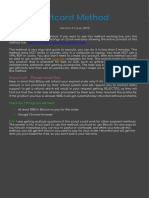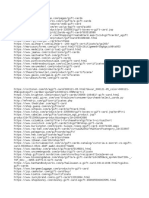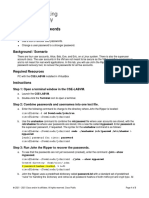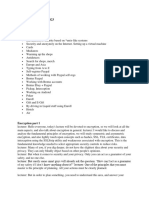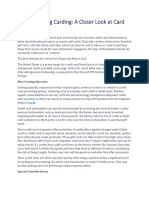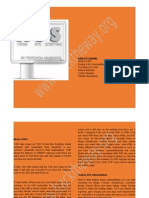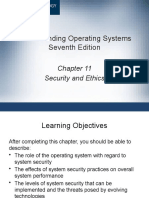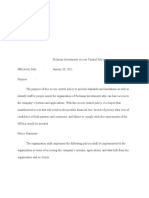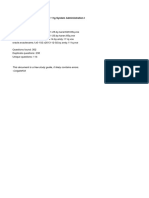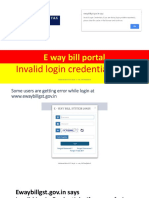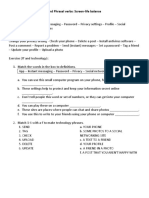0% found this document useful (0 votes)
516 views30 pages20 Hacker Tricks For Attacking Web Apps
The document discusses 20 hacker tricks for attacking web applications including cross-site scripting, CSRF, manipulating form fields and URLs, exploiting errors and weak crypto, sniffing passwords and sessions, guessing passwords, and more. It provides examples of each trick and references for further information.
Uploaded by
crosuperman1970Copyright
© © All Rights Reserved
We take content rights seriously. If you suspect this is your content, claim it here.
Available Formats
Download as PDF, TXT or read online on Scribd
0% found this document useful (0 votes)
516 views30 pages20 Hacker Tricks For Attacking Web Apps
The document discusses 20 hacker tricks for attacking web applications including cross-site scripting, CSRF, manipulating form fields and URLs, exploiting errors and weak crypto, sniffing passwords and sessions, guessing passwords, and more. It provides examples of each trick and references for further information.
Uploaded by
crosuperman1970Copyright
© © All Rights Reserved
We take content rights seriously. If you suspect this is your content, claim it here.
Available Formats
Download as PDF, TXT or read online on Scribd
/ 30









